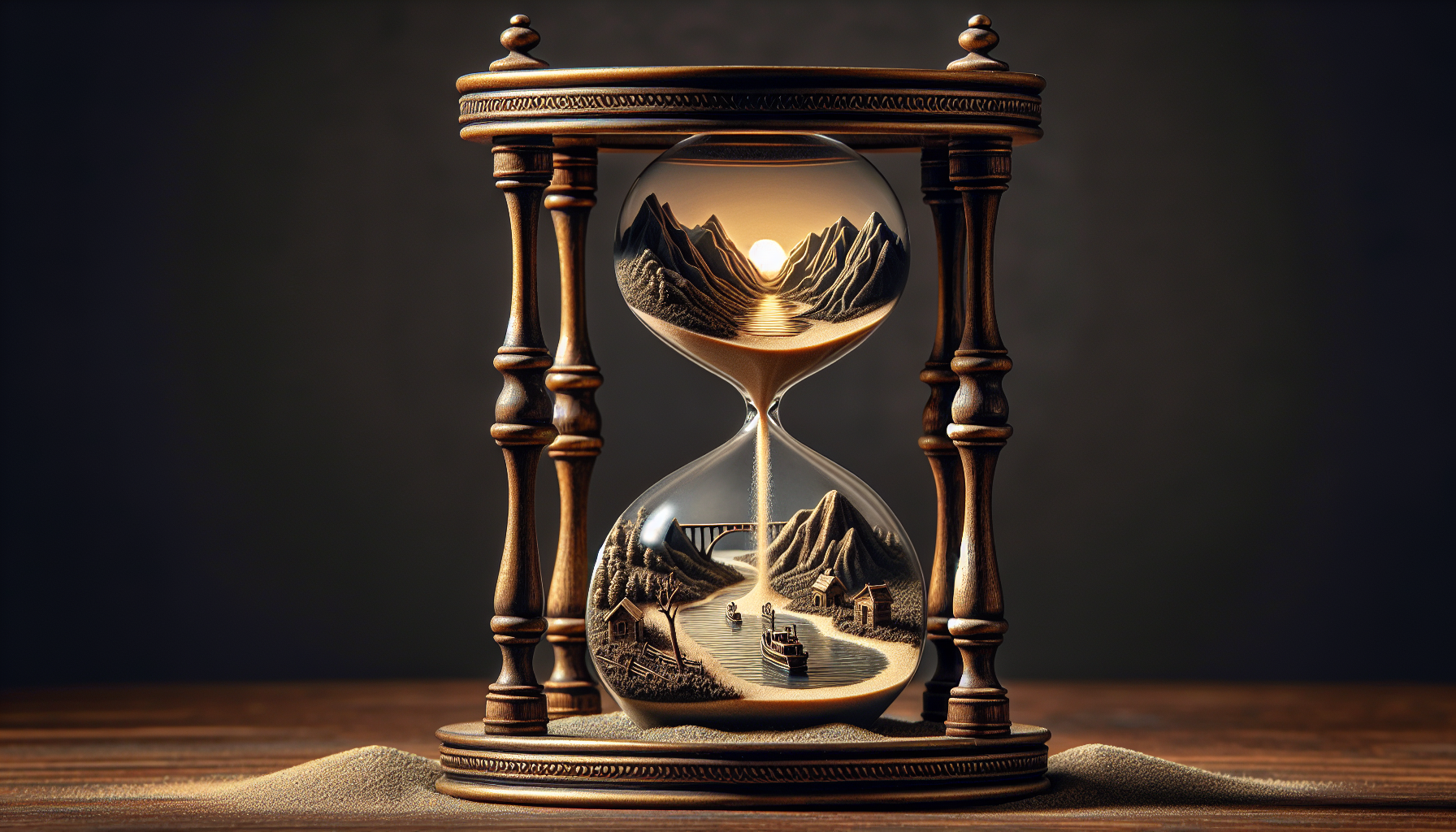The Science and Magic of Identifying Fragrance Notes

At the heart of fragrance identification lies the marvel of the human olfactory system. When a fragrance is inhaled, odor molecules travel into the nasal cavity, where they bind to specialized olfactory receptors. These receptors then send signals to the olfactory bulb, a part of the brain that processes smells. This intricate network allows us to recognize scents and connect them to memories, emotions, and experiences. For the average person, this process happens subconsciously. We might recognize the comforting aroma of vanilla in a candle or the crisp freshness of citrus in a cologne, but our analysis doesn’t go further. Sensory evaluators, however, have taken this mechanism to the next level. Their brains have been trained to isolate and identify the individual components within a fragrance. For instance, where most people smell "a floral perfume," a sensory evaluator might identify top notes of bergamot, heart notes of rose, and base notes of sandalwood. This precision is not just a natural gift but a skill developed through practice and dedication.
The Importance of Scent Memory
Scent memory plays a pivotal role in a sensory evaluator’s extraordinary ability. Unlike other types of memory, such as visual or auditory, scent memory is uniquely tied to the brain's limbic system, which governs emotions and long-term memory. A single sniff of a familiar scent can transport someone back to a childhood memory or a specific moment in time. This emotional depth makes scent memory one of the most powerful tools for a sensory evaluator. For these professionals, building an extensive scent memory is essential. They train themselves to recognize and catalog thousands of individual scents, from natural raw materials like lavender, patchouli, and ambergris to synthetic compounds used in modern perfumery. This “mental library” of aromas serves as their reference point when encountering complex fragrances. Over time, the ability to recall precise scents and their nuances becomes second nature, enabling them to dissect a perfume’s composition with ease. For example, they may instantly identify the crispness of green apple in a top note or the smoky warmth of vetiver in a base note, connecting these ingredients to their existing scent catalog.
The Magic of Olfactory Perception
While the science of scent provides the framework for a sensory evaluator’s skill, there’s an undeniable artistry in how they interpret fragrances. A perfume is not merely a collection of molecules—it’s an experience, a mood, or even a story encapsulated in liquid form. Sensory evaluators have an exceptional ability to describe these stories, bridging the gap between chemistry and creativity. Consider how a sensory evaluator might describe a fragrance: rather than reciting its components, they might say it evokes the sensation of walking through a dewy meadow at dawn or the warmth of a crackling fire on a winter’s night. This poetic interpretation requires not only technical expertise but also a deep emotional sensitivity to the ways scents resonate with human experiences. This interpretative skill is what elevates sensory evaluators beyond mere analysts. Their ability to connect fragrances to feelings, images, and memories transforms their work into an art form, making them invaluable collaborators to perfumers and creatives.
Training the Nose: From Practice to Perfection
Becoming a sensory evaluator is not solely about natural talent—it is a disciplined craft that demands years of hard work. Professionals in this field undergo extensive olfactory training to sharpen their sensitivity to scents and develop their vocabulary for describing them. One common practice is blindfolded smell tests, where evaluators must identify scents without any visual or contextual clues. This forces them to rely entirely on their sense of smell, honing their ability to detect even the subtlest differences between similar aromas. For example, they might be tasked with distinguishing between two varieties of jasmine or identifying the specific type of musk in a blend. Another essential tool is the scent diary, where evaluators document their impressions of new and familiar fragrances. This practice not only improves their descriptive skills but also reinforces their scent memory. Over time, these exercises transform their olfactory abilities into a finely tuned instrument capable of discerning aromas with astonishing accuracy.
Applications of Scent Expertise
The expertise of a sensory evaluator extends far beyond the realm of luxury perfumes. Their skills are highly sought after in industries such as food and beverages, home fragrances, and consumer goods. Whether ensuring a detergent smells “fresh” or that a candle captures the essence of a tropical getaway, sensory evaluators play a crucial role in shaping sensory experiences for consumers. In the world of fine perfumery, however, their role takes on a more artistic dimension. Collaborating closely with perfumers, sensory evaluators help refine fragrance compositions, ensuring that each perfume tells a cohesive story and resonates with its audience. They might suggest adjustments to balance a fragrance’s notes, enhance its longevity, or align its character with a brand’s vision.
The ability to identify fragrance notes with precision is a rare and remarkable talent that lies at the intersection of science and art. Through a combination of biology, psychology, and creativity, sensory evaluators unlock the hidden stories within perfumes, transforming them into evocative works of art. Their dedication to honing their craft reminds us of the incredible potential of the human senses and the profound impact of scent on our emotions and memories. So, the next time you spritz on your favorite fragrance or catch the fleeting aroma of something familiar, take a moment to appreciate the complexity behind it. Each scent has a story, and thanks to the artistry of sensory evaluators, those stories continue to captivate and inspire us.
Fragrance Development Specialist
Firmenich, Givaudan, IFF (International Flavors & Fragrances)
Key Responsibilities
Collaborate with perfumers to create and refine unique fragrance compositions for consumer products, luxury perfumes, or home care items.
Analyze market trends and consumer preferences to shape innovative fragrance profiles.
Conduct sensory testing to evaluate and adjust fragrance performance in different applications (e.g., candles, lotions, or sprays).
Skills & Qualifications
In-depth knowledge of raw materials, essential oils, and synthetic aroma compounds.
Strong scent memory and the ability to identify subtle olfactory nuances.
Experience working with fragrance houses like Firmenich, Givaudan, or IFF (International Flavors & Fragrances).
Sensory Scientist
Procter & Gamble, Unilever, Nestlé
Key Responsibilities
Design and lead sensory evaluation studies to assess consumer perception of fragrances, flavors, or other sensory-driven products.
Develop testing protocols, such as descriptive analysis or hedonic testing, to evaluate product performance.
Analyze sensory data and collaborate with R&D teams to improve product formulations.
Skills & Qualifications
Background in sensory science, psychology, or food science.
Expertise in using sensory analysis tools and statistical software such as Compusense or XLSTAT.
Common employers include consumer goods companies like Procter & Gamble, Unilever, and Nestlé.
Perfumer (Fragrance Chemist)
Chanel, Dior, Jo Malone
Key Responsibilities
Craft original fragrance formulas for fine perfumery, personal care, or household products, balancing top, heart, and base notes.
Ensure fragrance stability and compatibility across various product formats (e.g., liquids, aerosols, or solids).
Stay updated on regulatory requirements and ensure compliance with IFRA (International Fragrance Association) standards.
Skills & Qualifications
Advanced training from prestigious perfumery schools such as ISIPCA or Givaudan Perfumery School.
Deep understanding of fragrance chemistry and raw material sourcing.
Often employed by fragrance houses or luxury brands like Chanel, Dior, or Jo Malone.
Aromatherapist
Aveda, Neal’s Yard Remedies
Key Responsibilities
Use essential oils and natural aromas to design wellness-focused scent applications for stress relief, relaxation, or energy enhancement.
Develop custom scent blends for individual clients or wellness brands.
Educate clients or consumers on the therapeutic benefits of specific scents.
Skills & Qualifications
Certification in aromatherapy (e.g., NAHA or IFPA accreditation).
Strong understanding of essential oil properties and safety practices.
Common employers include spa and wellness centers, holistic health practices, or natural skincare brands like Aveda or Neal’s Yard Remedies.
Consumer Insights Specialist – Fragrance & Sensory
Estée Lauder, L'Oréal, P&G
Key Responsibilities
Conduct market research to understand how consumers perceive and interact with fragrance-driven products.
Translate consumer feedback into actionable recommendations for product development teams.
Collaborate with marketing and R&D teams to ensure products align with brand identity and consumer expectations.
Skills & Qualifications
Expertise in qualitative and quantitative research methods, such as focus groups or conjoint analysis.
Knowledge of fragrance trends and behavioral psychology.
Often hired by fragrance brands or consumer goods companies like Estée Lauder, L'Oréal, or P&G.


